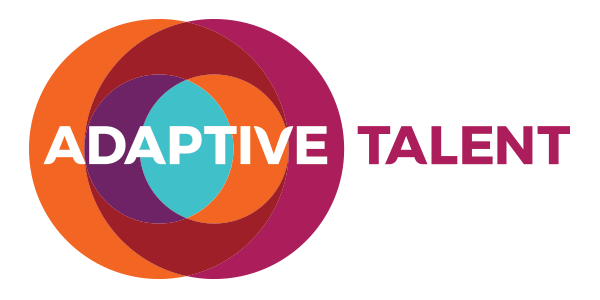I’ve been having a good time lately helping out many different types of clients and one unexpected benefit is the experience of seeing similar patterns when I compare and contrast organizations. Two come to mind that I wanted to touch one as a way of helping entrepreneurs.
(1) The Activity = Progress Fallacy: This is also known as the urgency fallacy, the act of wildly running as fast as you can to make progress, or building on the fly as people like to say. Fallen behind a competitor? Move faster! Where? Who knows, just take action!
(2) More = More Fallacy: I also call this the buckshot approach, whereby doing as many things as possible at once will help achieve the most progress, or at least uncover a few things that can make progress fast.
My advice to entrepreneurs is to first set the context so people care. This is more than helping people understand intellectually; it has to get them saying “oh, that would be really cool”. It’s not about the features per se, but the benefit to real people. The same principles around telling a good story apply with leadership: set the background, have enough detail, make it interesting by humanizing it with characters that people can relate to, etc. A little effort here will go a long way to get people intrigued, and then you need to meaningfully involve them in further exploring the idea and expanding it so it becomes everybody’s passion and learning opportunity. Once you get people emotionally connected to something then you’ve got the next hurdle: focusing on what matters.
The best way to explain this is “do fewer things better”. If people are on the same page about the opportunity to start a new product or service then a leader needs to figure out a coordinated approach to exploring the idea. Most people will have “day jobs” so make sure you’re taking into account the existing work (some of which you probably have no idea is happening…but would if it stopped) as you think about layering on additional work. As the new initiatives and work is getting filtered down into the organization, ask people to categorize all the things they’re doing into what creates value, protects it, and then everything else that is “required”. You’d be surprised how many things people think are required and those filters and assumptions around priorities and the way the world works, what your customers want/need, and the best way of working all impact how successfully a change effort will be for your new product, service, or way of working.
So if you’re a leader, remember your job is primarily to hire, develop, motivate, and retain great people, get them working on the most important things and in the most efficient way possible, and help develop a story and a culture that people want to be proud of and that allows them to do their best work and leave a great legacy. It’s actually the most interesting work a leader can take on, and done properly means you don’t have to be the smartest one in the room!
—
Adaptive Talent is a talent consultancy designed to help organizations achieve amazing results and ongoing adaptability. Founded in 2008 and based in Vancouver, Canada we offer retained search, assessments, total rewards consulting, training, leadership coaching and development programs, and culture & organizational development consulting.

